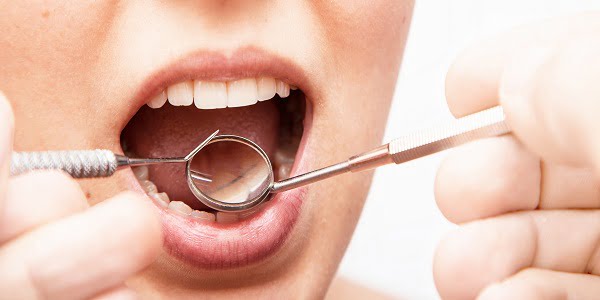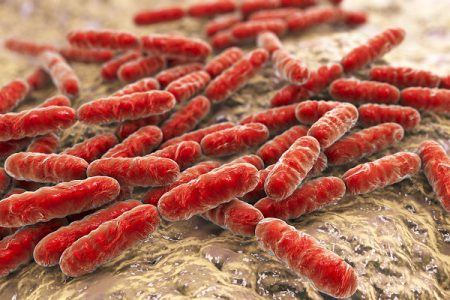
Halitosis Diagnosis
Diagnosis of bad breath is done by a dentist to determine the underline cause of the disease. Recognizing the bad breath is quite easy, but identifying the exact cause is complex. Determining the cause of the disease is important for its treatment.
Without analyzing and determining the cause, treatment is not possible. In order to diagnose the bad breath, the dentist tries a systematic approach. The steps followed are given below:
Obtaining a Thorough History of a patient
History of the patient is very important for determining the cause. The overall history of an individual gives a clear idea about his family, his diet and many other things related to the disease.
History is obtained in a number of steps as discussed below:
Noticing the disease
The dentist tries to figure out how the disease was noticed. It can be in any of the following ways:
- Objective, noticed by the dentist, any family member, close friend, close relative or anyone else
- Subjective, noticed only by the individual
This gives an idea of the severity of the disease.
Medical history
Medical history provides answers to all the disease-related queries asked by the dentist. It may include:
- Are there any problems related to ear, nose, throat and lungs?
- Are there any gastrointestinal problems?
- What medications is the patient using right now?
- Does the patient have any allergies?
- Are the kidneys and liver functioning properly?
Diet history
Diet history reflects eating habits of an individual. The doctor checks whether garlic, onions and other pungent foods are a part of patient’s diet or not.
Psychosocial assessment
The doctor checks whether the patient is suffering from any of the following issues:
- Depression
- Anxiety
- Lifestyle imbalance such as sleep disorder or work pressure
Personal habits
The doctor enquires about personal habits of the patient such as:
- Smoking
- Drinking
Oral Examination
After obtaining a thorough history about the patient, the dentist conducts an oral examination. In this test, the following aspects of the patient’s mouth are considered:
- Teeth are examined to evaluate possible dental defects like decayed and abscessed teeth
- Gums are examined to check for possible gum diseases like gingivitis (red and swollen gums)
- Tongue is examined for the bacteria that deposit at the back of the tongue in the form of white patches
- Tonsils are examined for any kind of infection such as tonsils stones (accumulation of bacteria and debris in tonsils)
Breath Tests
Breath tests are done to find out the origin of bad breath. The bad breath can be of oral origin or bodily origin.
Oral origin breath emanates from the mouth and throat while the bodily origin breath emanates from the lungs. The tests are done in following ways:
- The patient is asked to blow forcibly through the nostrils, keeping the mouth closed. If the emanated odor is offensive, the breath has a bodily origin.
- Next, the patient is asked to close the nostrils by their fingers and momentarily ceases breathing by closing his lips tightly. Now, he is asked to exhale gently through mouth keeping the nostrils closed. If the patient is having a white tongue, the dentist may also scrape the back of the tongue and smell the scrapings. If malodor is detected, it is of oral origin.
- If the breath is offensive from nostrils and mouth, both the origins are contributing to bad breath.
After discovering the origin of the bad breath, the dentist simply rates the intensity of the odor on a six-point scale.
The odor is rated as follows:
- 0 – no odor
- 1 – barely detectable odor
- 2 – slight malodor, exceeds the threshold of malodor recognition
- 3 – malodor is detected definitely
- 4 – strong malodor
- 5 – very strong malodor
There are a wide variety of detectors that can rate the odor more precisely. They include:
- Halimeter – this detector find out low levels of sulfur
- Gas chromatography – it measures three sulfur compounds which are highly volatile. They are hydrogen sulfide, dimethyl sulfide and methyl mercaptan
- BANA test – this test checks for a specific enzyme that is produced by halitosis-causing bacteria
- Beta-galactosidase test – this test measures the levels of the enzyme beta-galactosidase. The levels of this enzyme correlate with mouth odor.






